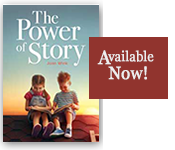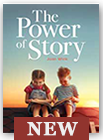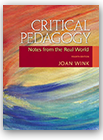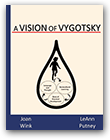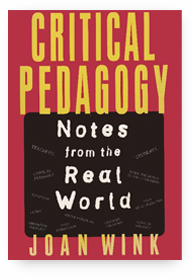Excerpt from: Wink, J., & Putney, L. (2002, pp. 81-82). A Vision of Vygotsky, Boston, MA: Allyn & Bacon
In the previous examples, we have used students and teachers as symbolic centers of their sociocultural context. We have chosen to do this in order to share the hidden (and, not so hidden) influences that affect, and are affected by, all of us. For our final example of this chapter, we purposely move to a sociocultural context that is more grounded: libraries.
Le taught a summer course for preservice teachers in Foundations of Bilingual Education, which focused heavily on the social, cultural, historical, and political contexts of language acquisition in the United States. One specific assignment for the future teachers was designed to lead the students into the community-not necessarily “their” community, but the community of the students who were in the process of acquiring English as another language. Le started concretely with maps, representing various neighborhoods. On the maps, the library or libraries were highlighted. Slowly the students began to realize that the “neighborhood map” was that of the schools in which they were being placed for student teaching.
The maps were clearly marked with the bus routes, the homes of the students, and the locality of the libraries. The first thing that the preservice teachers noticed when looking at the maps was the proximity to the school and library for many of the students.
Le’s assignment for the future teachers was deceptively simple: They were to visit the library and map where the bilingual books were located. If the students wanted to simply read a book in a language that they could understand, where were those books located? She told the preservice students to ask for help from the librarians for bilingual books and then to map the area made available for families to sit and read.
The range of findings by these pre-service teachers is worth noting. Of the 18 in that university cohort of learners, two came back with glowing reports of how esthetically pleasing and inviting the reading areas were. The bilingual books were easy to find; the librarians wonderfully helpful; the library even had out-reach programs in place that invited the parents to come in and read with their children. Not surprisingly, these libraries had good attendance as noticed by the students when they did their observations.
Now for the rest of the story. Most of the university students were outraged at the condition of the libraries they observed. The bilingual books were located on upper levels, on high shelves, not easily accessible to anyone. One of the future teachers even went in and asked for help in Spanish. She was completely ignored until she “code-switched” to English. She was furious. Others talked about how easy it was to get to the library, if you had access to a car. Some of the preservice students decided to make this a “real” experience so they took the bus to the library. After multiple transfers, they decided that they would not do that again. It was just too hard to get there and back in any decent amount of time. These university students could find no other public outreach programs at these local centers. The preservice teachers experienced first hand a glimpse into the frustration that parents and children whose first language is not English feel when they are trying to do something as simple as checking books out of the library.
The availability of the books was an issue; the ease of transport to the libraries was an issue; the way in which the patrons were treated was an issue; lack of outreach was an issue. Bookmobiles would be one way to make the books more accessible, but thereal issue is how little money is being spent on part of the population who has the least access to any kind of reading materials.
It is not that parents do not value reading and books; rather, it is that the contexts make it hard for them to access the books. This activity in the “real” sociocultural context of the future students caused the preservice teachers to reflect critically on some of their long-held assumptions about literacy of students who are in the process of acquiring an additional language.
